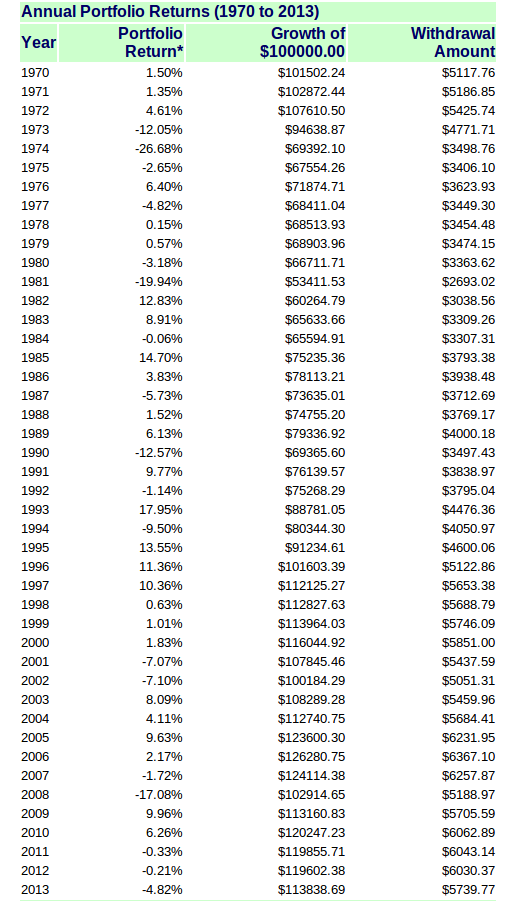

Survey control reports of marks are free and include the permanent survey mark plan. Under the Queensland Government's open data initiative, we have published survey control information through the Location category globe in the Queensland Globe. If you have a query on the interference of a survey mark, email with details of the mark and the interference. A cadastral search of the area and/or a cadastral survey may be required to be carried out.

#PERMANENT BENCHMARK DEFINITION HOW TO#
If a project you are undertaking is likely to interfere with a cadastral survey mark, please contact a registered cadastral surveyor for advice on how to proceed. Cadastral survey marksĬadastral survey marks should only be interfered with or removed if required for the construction of a fence or structure along a boundary, or by a registered surveyor undertaking a survey. If a project you are undertaking is likely to interfere with a permanent survey mark, email with details of the mark(s) and the project.Īn assessment will be made to determine the impact of the interference on the state geodetic control network and if any survey work is required before the mark(s) are disturbed. Permanent survey marks can only be interfered with or removed after written approval from the Department of Resources. This will show whether there is the potential to interfere with survey marks. If you are conducting this type of work, take care not to interfere with survey marks.īefore starting construction works, consider engaging a registered cadastral surveyor to carry out a search of the construction area. For example, it can affect construction projects that depend on accurate positioning and height information and lead to increased costs to landholders when they need to get their boundaries resurveyed. Removing, disturbing or destroying survey marks is costly to the community. Under section 42 of the Survey and Mapping Infrastructure Act 2003 it is an offence to interfere with a survey mark without approval.

Permanent survey marks and cadastral survey marks are important reference marks that should not be disturbed. Peg and finder stake (left), nail in kerb (middle), buried iron pin (right) Interference with survey marks The peg often has a reference mark, usually an iron pin buried nearby or a nail in the kerb, to help re-establish the corner in the future. They are most commonly seen as a white peg. They usually have a numeric identifier and are registered in the Department of Resources' Survey Control Database (SCDB).īrass plaque (left), mini mark in kerb (right) Cadastral survey marksĬadastral marks are used to mark property boundaries. These marks are important for all types of surveying projects, including housing developments, new road and bridge construction, improving railways and environmental mapping. Permanent survey marks are substantial marks such as a concrete block buried 300mm deep with a brass plaque in the centre, or a mini mark in the kerb. Types of survey marks Permanent survey marks Survey marks provide important information to the community as they are used for surveying property boundaries, road building, construction activity, mapping and other land surveys. Survey infrastructure is made up of individual survey marks across the state-physical markers on or in the ground indicating land height, positions and boundaries. Permanent survey marks are important reference marks, so you must not disturb, destroy or remove them.


 0 kommentar(er)
0 kommentar(er)
